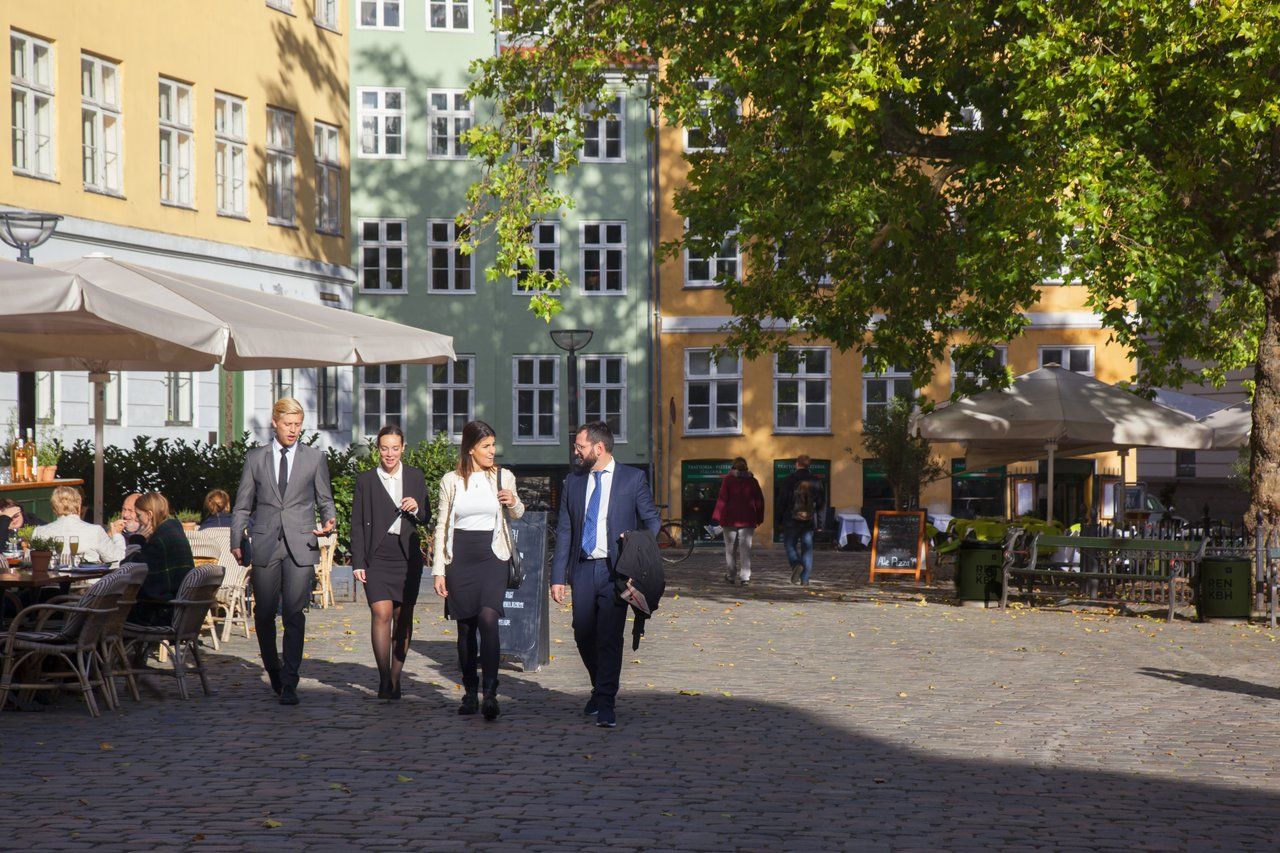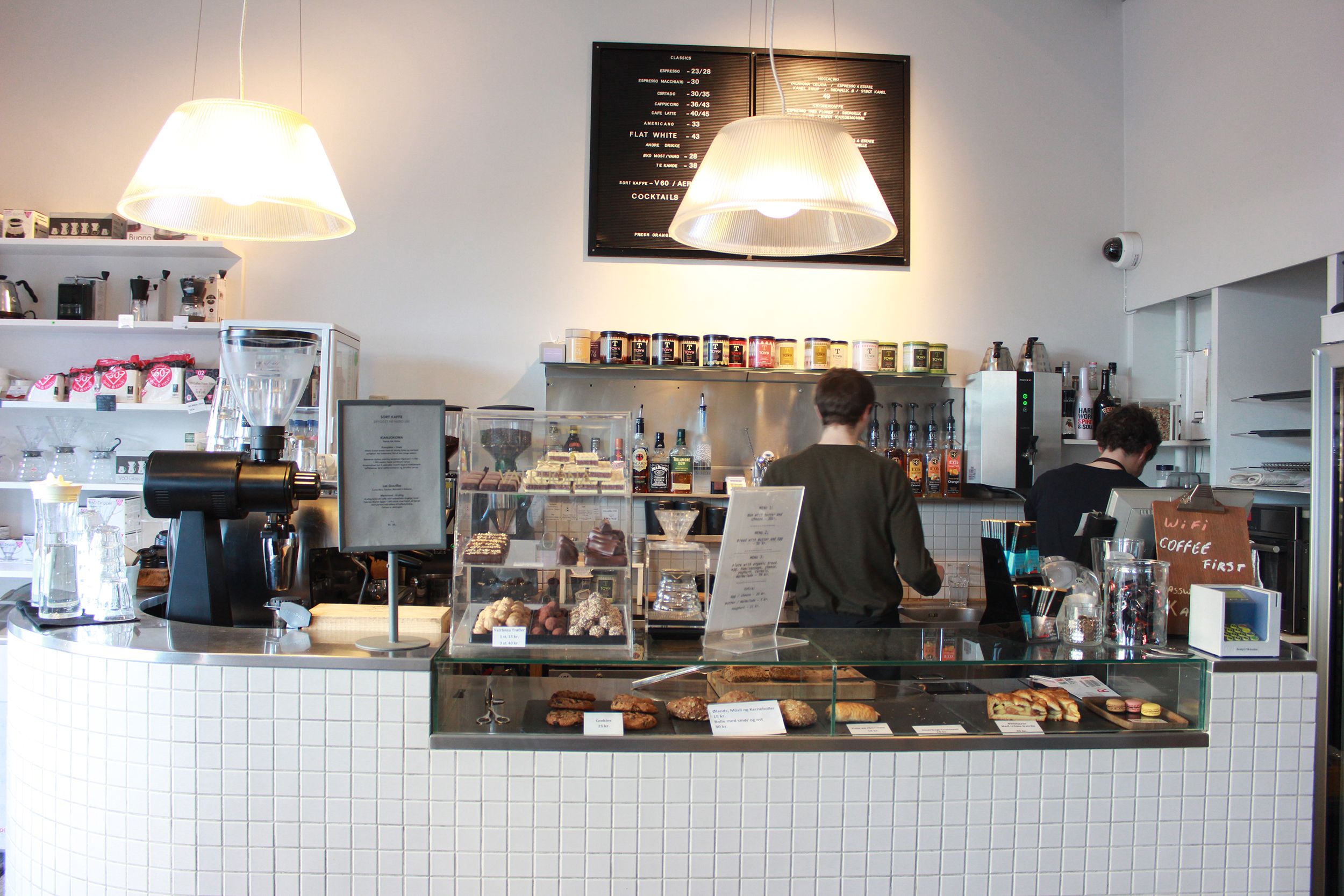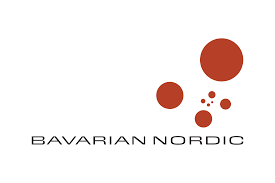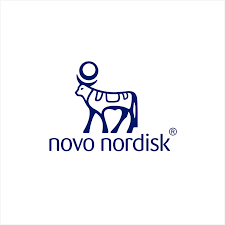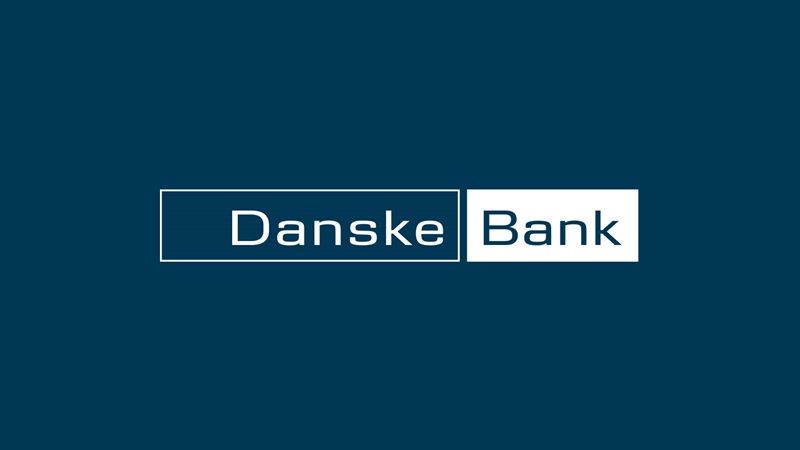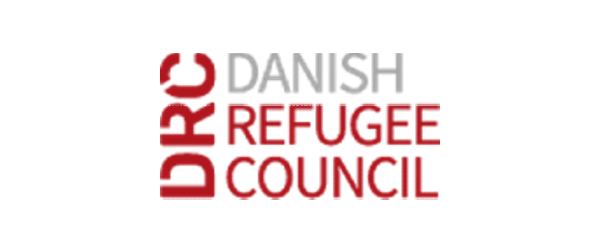Nestle offloaded its ice cream delivery company Hjem-Is to Danish buyers at the end of 2013, and since then the company has turned red ink into black.
The annual report for 2014 – the first under the new ownership – showed earnings of 12 million kroner and a pre-tax profit of 7.2 million kroner.
Under Nestle’s ownership in 2013, it made a loss of just over 15 million kroner.
“We are very satisfied with the results of the first year of the merger of the companies Hjem-Is and Viking Is,” said company head Frank Jorgensen Waller.
Synergy and new products
Viking Is had been a branch of the Hjem-Is group, but the acquisition of Hjem-Is from the Nestle Group combined the two companies into one.
The company said that focusing on the integration of the companies and new products contributed positively to the bottom line.
“We have, for example, invested in what we call five event cars, as we call them, where along with ice cream customers can buy things like coffee, water and sandwiches,” said company manager Per Roth.
“People will see them at festivals and beaches and other places where people are when the weather is good and they are not home when the Hjem-Is truck comes.”
READ MORE: Arla and Premier Is in joint venture to bring fro-yo to the masses
The outlook for the company’s 2015 financial statements are slightly lower than for 2014 and expected to be in the order of 4-6 million kroner.









